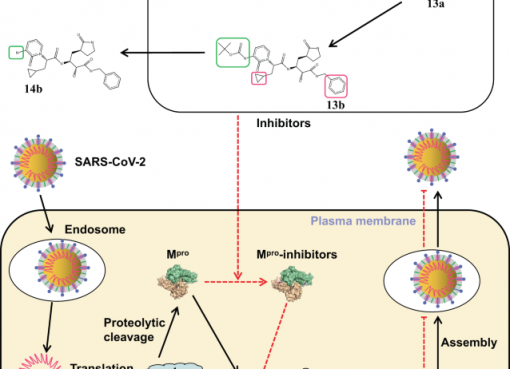Four new letters to DNA (Hachimoji DNA)
An interdisciplinary scientific team has amplified the four natural nucleotides into eight by introducing another four new synthetic nucleotides. This eight-letter DNA molecule is termed as Hachimoji DNA which is derived from Japanese meaning eight and letter. The new unusual nucleotides were named as P, B, S and Z. Besides the two natural base pairs, other unnatural base pairings were P: Z and B: S, which can form double-stranded DNA. The new bases were more hydrophobic than the natural bases and faithfully transcribed in-vitro to new Hachimoji RNA. Using this novel method, researcherscould produce new potential DNA, RNA, and protein molecules with odd amino acids, which could be used for developing effective disease diagnostics, drugs, genetic storage, etc.
Source: 1. Nature 566, 436 (2019) DOI: 10.1038/d41586-019-00650-8
- Science 363, 884-887 (2019). DOI: 10.1126/science.aat0971
First genetically modified lizard has stepped on earth
Researchers from University of Georgia have for the first time introduced gene-edited lizards on earth. The team could successfully produce four genetically modified lizards by using the CRISPR-Cas9 gene-editing technique. It was quite challenging to manipulate the DNA of reptile’s embryo especially of lizard, as female lizards can store spermatozoa for a long duration in their reproductive tract making it difficult to spot the exact time of fertilization. Besides this, there were also other physiological obstacles related to fertilized lizard egg making the task more difficult. However, the researchers were successful in producing four mutated albino lizards after targeting 146 oocytes from 21 lizards. The gene edited lizards were born with their tyrosinase gene inactivated, making them albino in appearance. This could not only aid in better understanding of the genetics of lizard but also in development of novel therapeutics.
Source: https://ugaresearch.uga.edu/uga-scientists-create-worlds-first-gene-edited-lizards/
A substitution in CRISPR-Cas genome editing tool
Today the most popular gene editing tool is CRISPR-Cas9 system. Recently, a new study has reported a third type of RNA-guided protein Cas known as CasX which is fundamentally distinct from Cas9 and Cas12a proteins. The protein CasX was reported earlier in a metagenomic analysis of ground water sample. The CasX has a unique structure and compact size than the older versions. The CRISPR-CasX system showed promising results in E. coli and human cell line. The CRISPR-CasX system has minimal transcleavage activity and high RNA guide content making it more advantageous than the existing genome-editing tools.
Source: Nature 566, 218–223 (2019). https://doi.org/10.1038/s41586-019-0908-x
Unknown Human relatives in Philippines
In 2007, researchers from Australia, France and Philippines had discovered a third metatarsal of hominine in Callao Cave of Philippines dating to about 67000 years old. Analysis revealed that it belongs to the genus Homo but the species to which it belongs was doubtful. It also hints the presence of human species in Philippines since 67000 years ago. But a recent discovery of twelve additional elements (seven teeth and five different bones) at the site has broken the mystery. The new species was named as Homo luzonensis as it was distinct from H. sapiens and H. floresiensis in certain fundamental characteristics. Further studies of teeth and bone suggested the species to be probably of small-bodied and shorter in height with climbing behaviour. Although it is distinct from other Homo species, still answers to many questions are concealed.
Source: Nature 568,181–186 (2019). https://doi.org/10.1038/s41586-019-1067-9
Keep your brain alive after death
Scientists from USA have revived the brain of a pig after four hours of slaughter. In this study, the team developed an extracorporeal pulsatile-perfusion device and a perfusate to maintain the microcirculation, and restored the cellular activity of the intact pig brain under ex-vivo normo-thermic conditions (37 °C) after post-mortem. The whole system was named as BrainEx (BEx). In their experiment, brain of a pig (slaughtered for meat purpose) was taken out from the skull and using this system (BEx) after hours, they could successfully maintain the microcirculation in the brain, and restart the molecular and cellular activity like sugar consumption, carbon dioxide production, etc. These findings offer the scientific community an opportunity to conduct exhaustive and detailed research on intact brain in ex-vivo condition which will help to solve many puzzles of the complex functioning and the disease conditions of the brain.
Source: Nature 568, 336–343 (2019). https://doi.org/10.1038/s41586-019-1099-1




